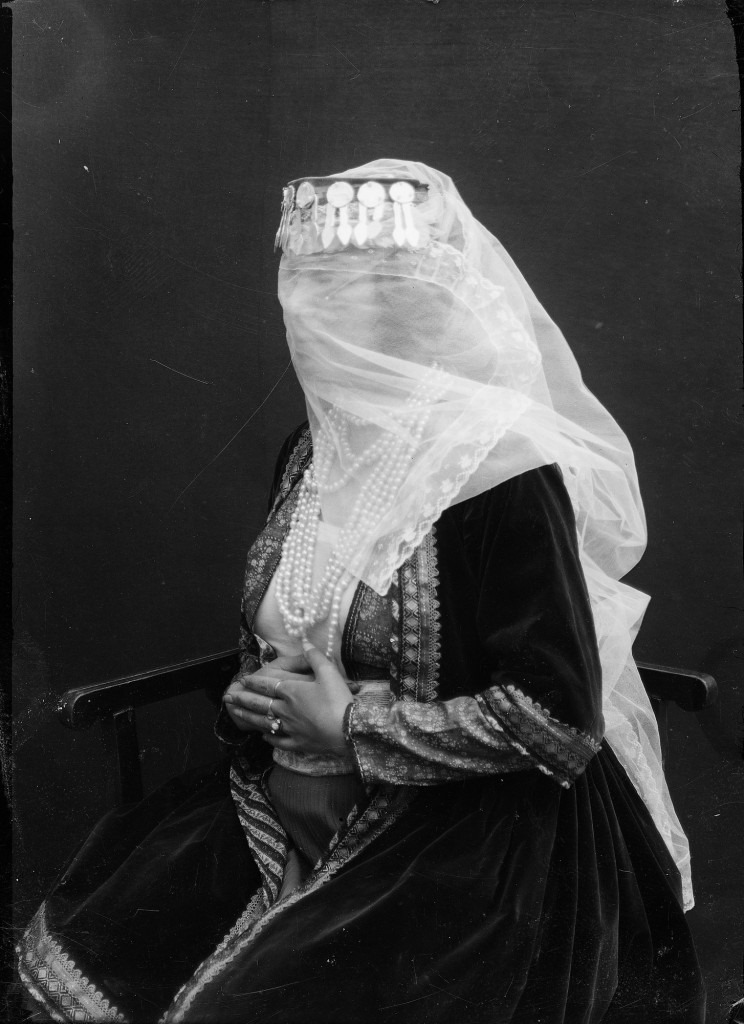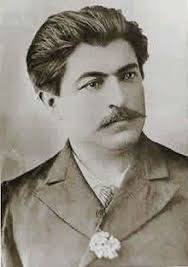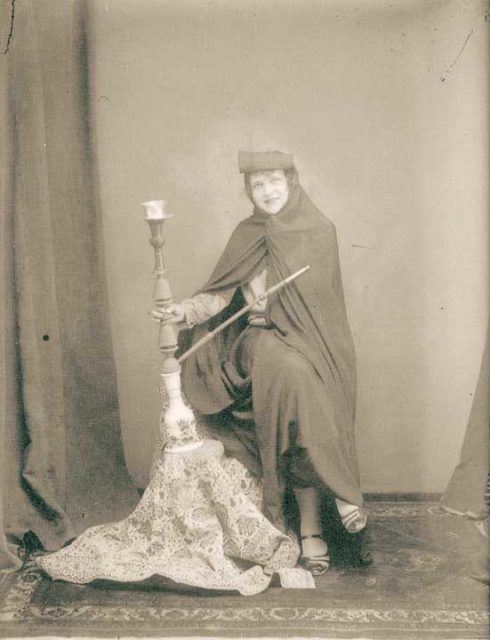
Shahs, dervishes, harem women, society ladies, clerics, villagers, and tribesmen—Antoin Sevruguin’s photographs make up a rare and stunning catalog of Iranian life in the late 19th and early 20th centuries.
Born in Tehran to Armenian parents sometime in the 1830s-1840s, Sevruguin spoke a half dozen languages and fell in easily with all sorts of people. As a young man, he aspired to become a painter, a passion he carried into the then-new field of photography. The camera gave him a way to join his love of Impressionism, Rembrandt, and Persian miniatures to his love of Iran.

Sevruguin was able to go where Western photographers didn’t or couldn’t go, a fact that’s maybe most evident in his portraits of girls and women. These pictures have always particularly intrigued me, both for their beauty and the diversity of the subjects: Jewish village girls, Qajar princesses, prostitutes, European tourists, Kurdish women.
Antoin Sevruguin’s studio was *the* place to have your portrait done in Tehran, but as his surviving work shows, he remained deeply curious about people from all walks of life. That he was able to gain the trust of his female subjects speaks, I think, to his sensitivity and compassion as a photographer.

For their sheer beauty, I particularly admire his “Veiled Woman with Pearls” and “Village Girl.” His portraits of European women gone native are especially amusing. He wasn’t above pandering to a Western viewer, but there’s a sly wit that comes through even his more overtly “Orientalist” pictures.

But what most haunts me about Sevruguin are the destruction, neglect, and fate of his work, first inside Iran and then outside of it. His studio was bombed during civil unrest in 1908, destroying two-thirds of his plates. Not long afterward, Reza Shah confiscated the remaining 2,000 plates because they did not accord with his vision of a “modern” Iran.
These crimes and indignities were exacerbated by his treatment in the West. He often traveled to Europe to exhibit his photographs, winning recognition for his artistry and innovations, but his work was subsequently co-opted into ethnographic albums and/or reproduced without attribution. As a result, he eventually refused to enter international competitions.
Sevruguin’s name remains absent from the history of photography. That his photographs have survived at all has much to do, ironically, with colonialism. Following his death, Sevruguin’s widow donated 692 plates to the Presbyterian Mission of Tehran. These were purchased for $200 by an American and then donated to the Smithsonian, which is where you can find them today.
If you’d like to learn more about Sevruguin, I recommend the book Sevruguin and the Persian Image. A large number of his surviving photographs are available online through the Smithsonian’s website.
add a comment
+ COMMENTS